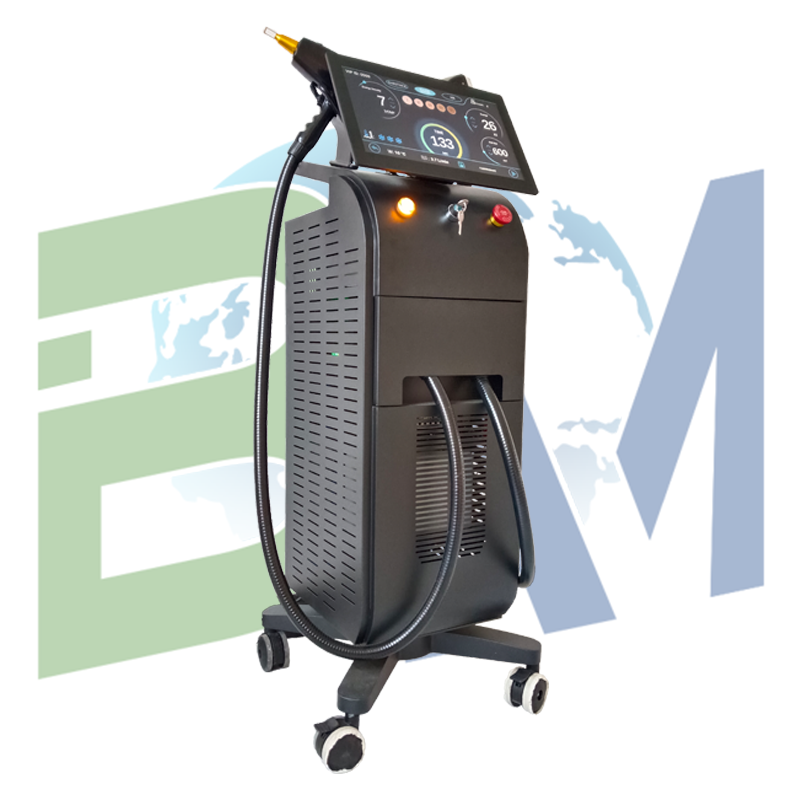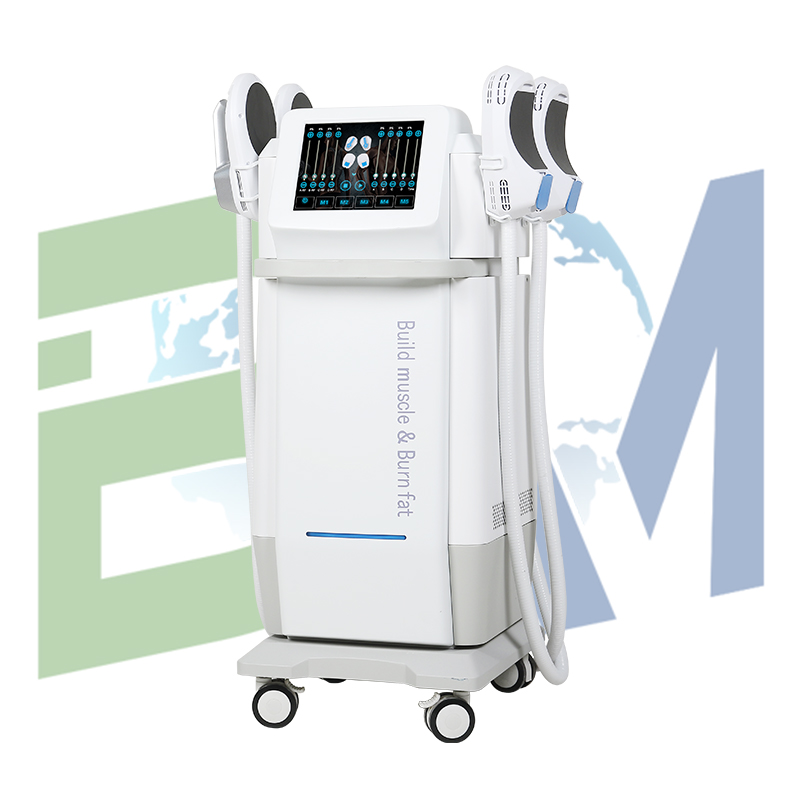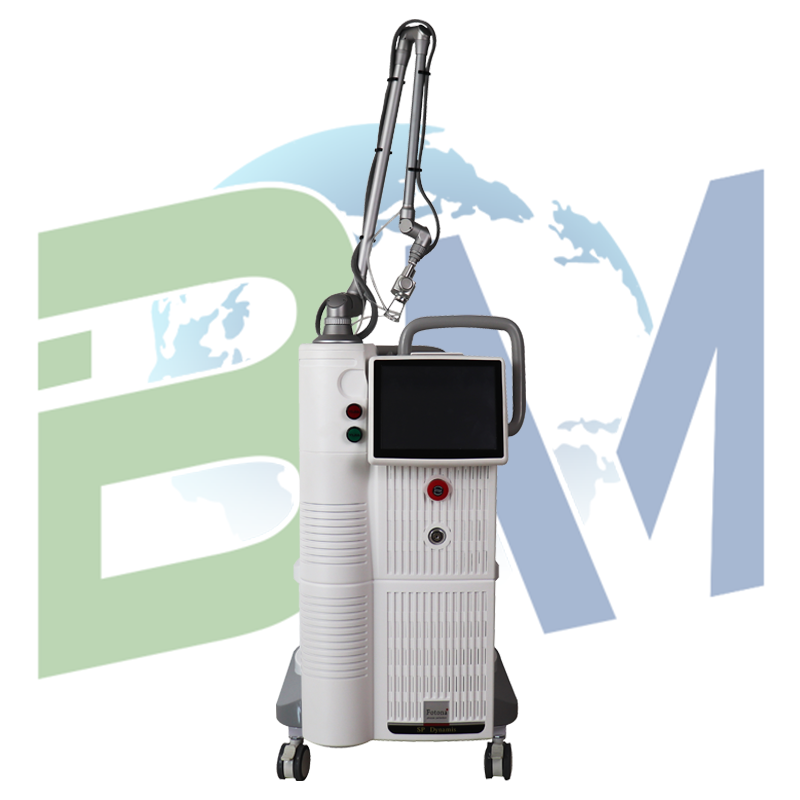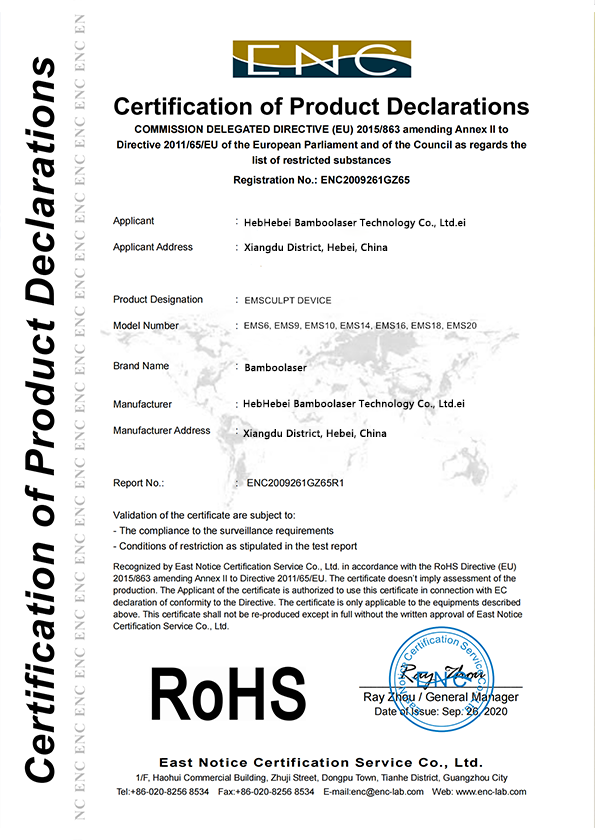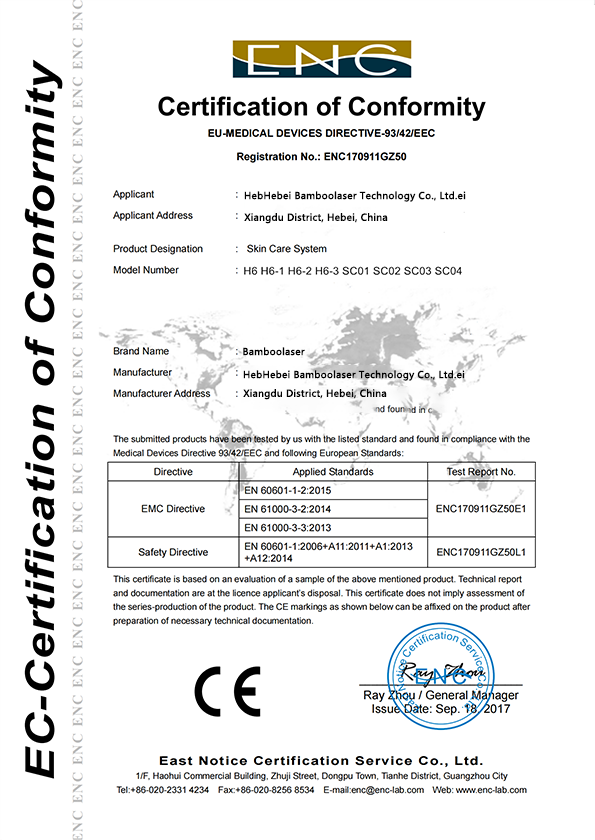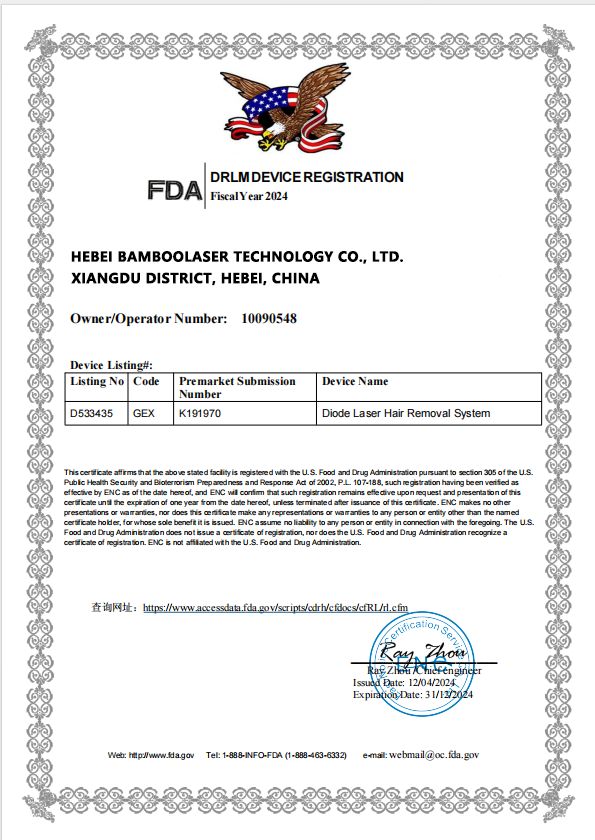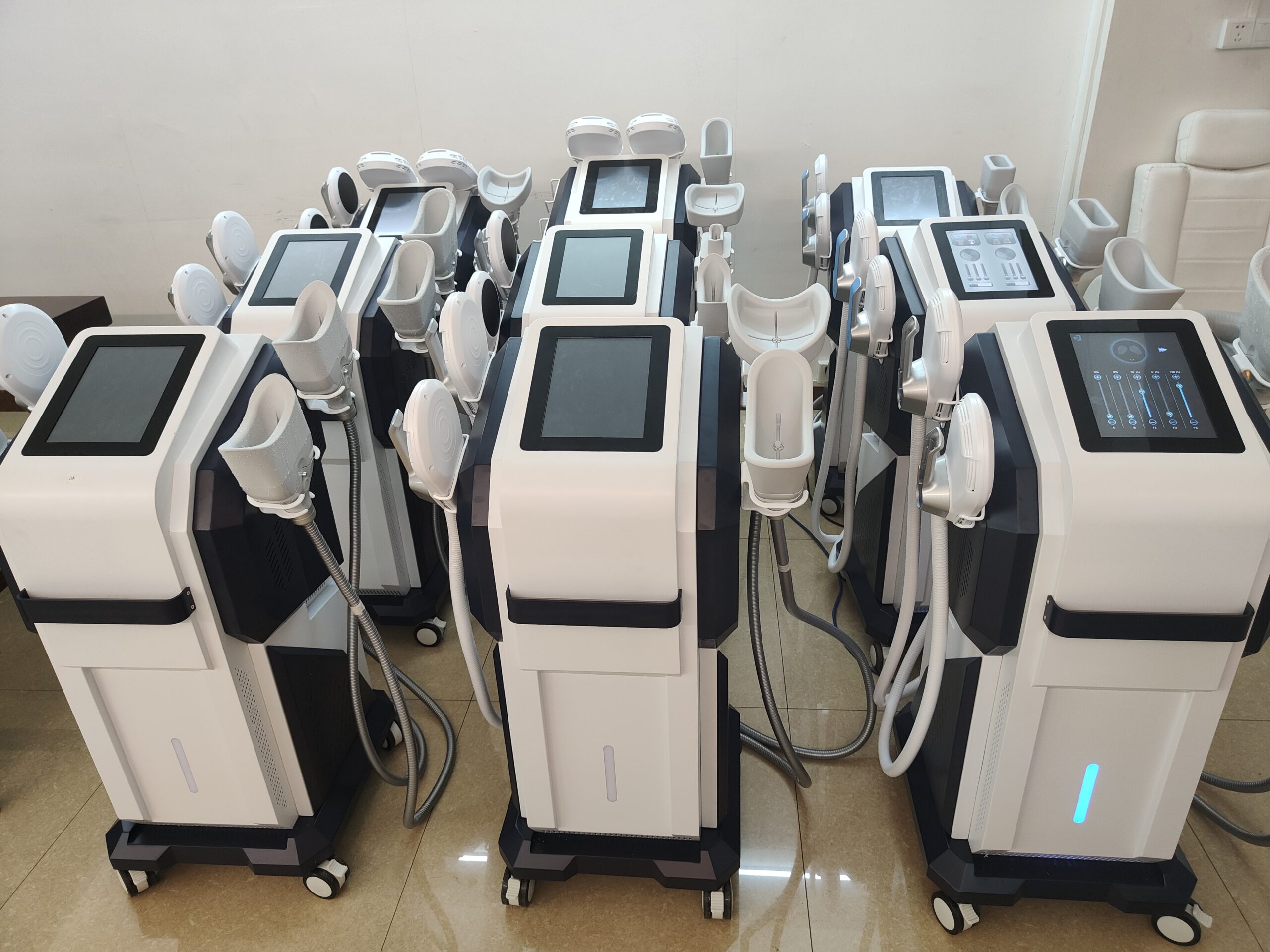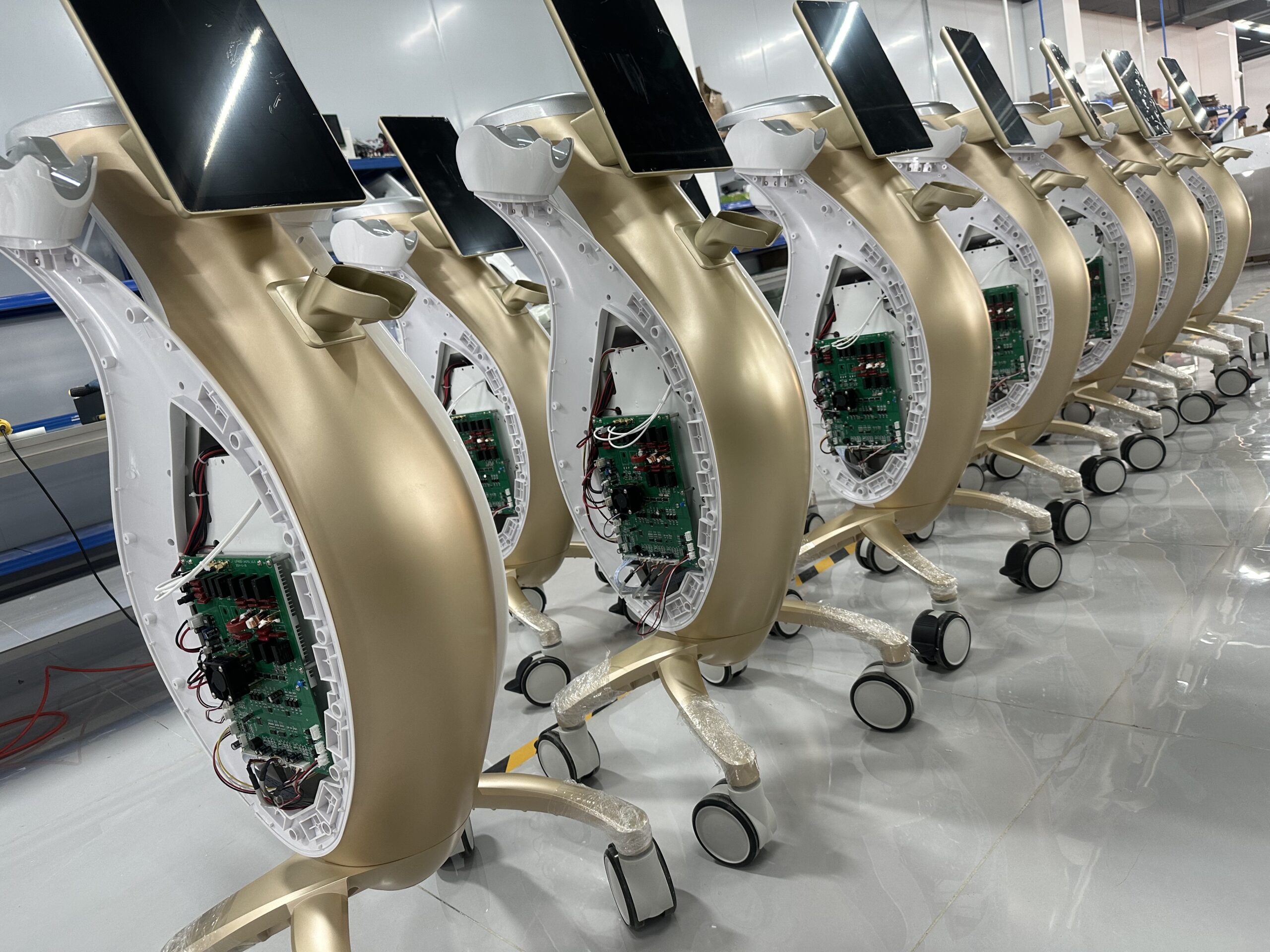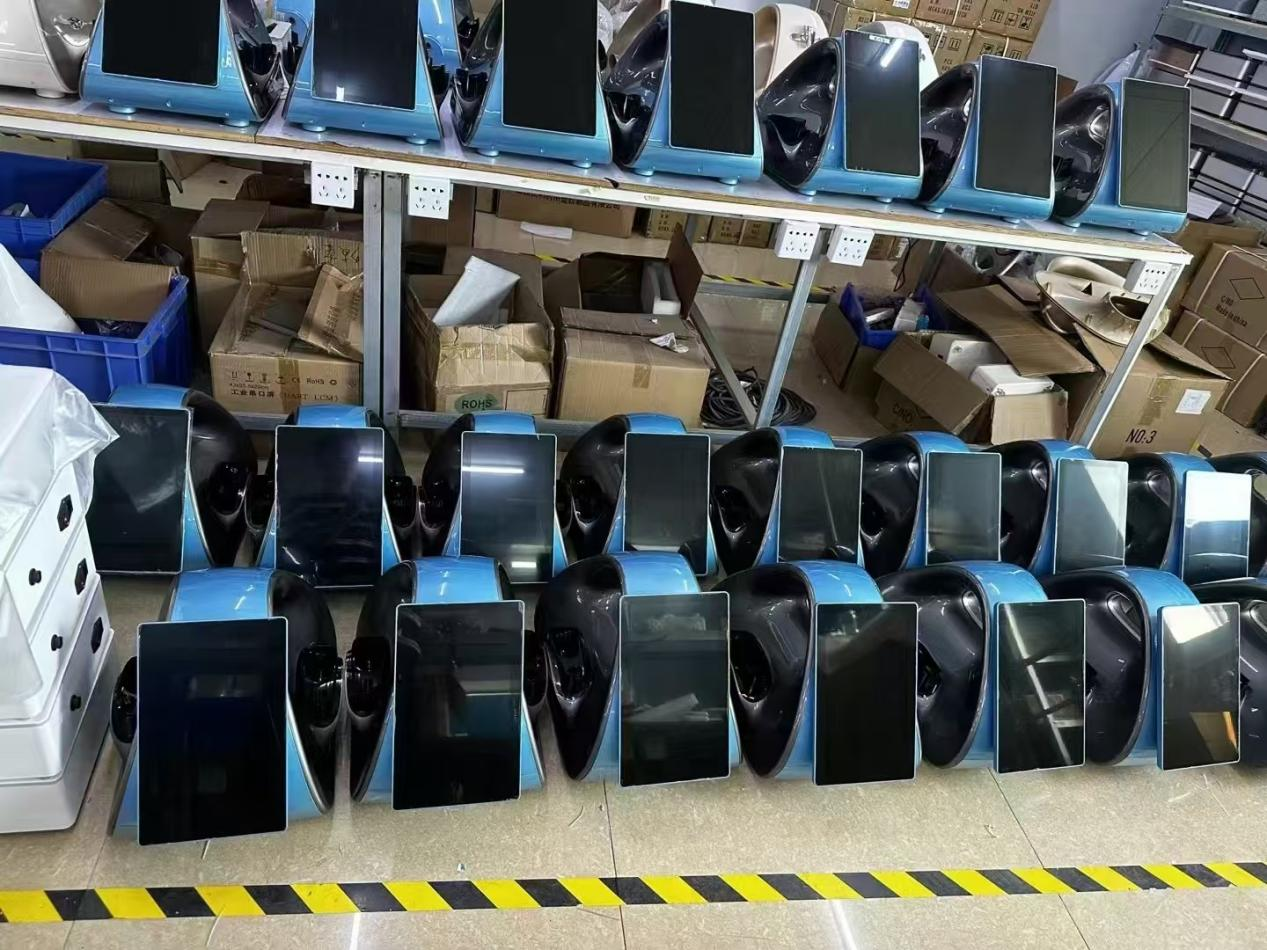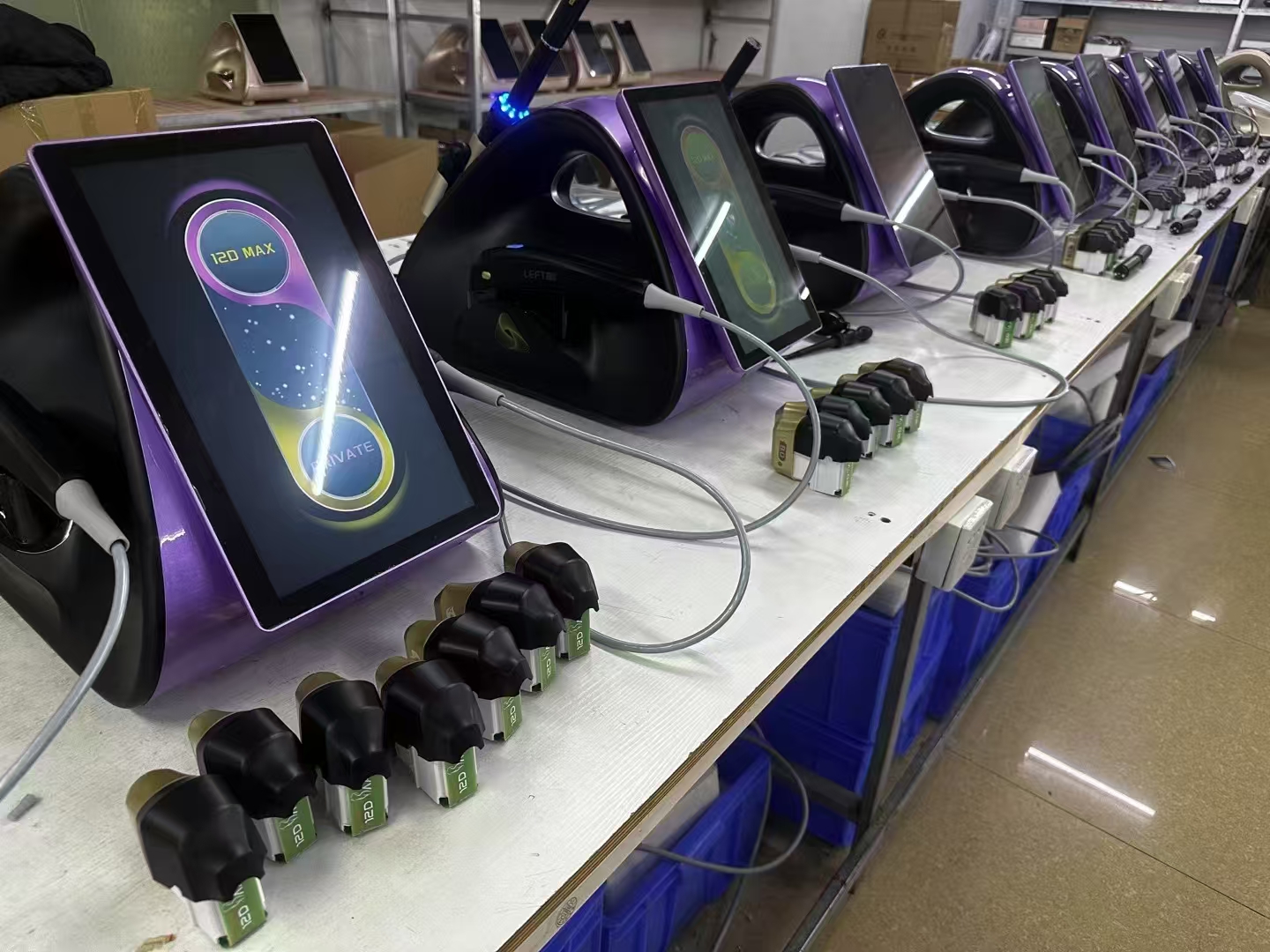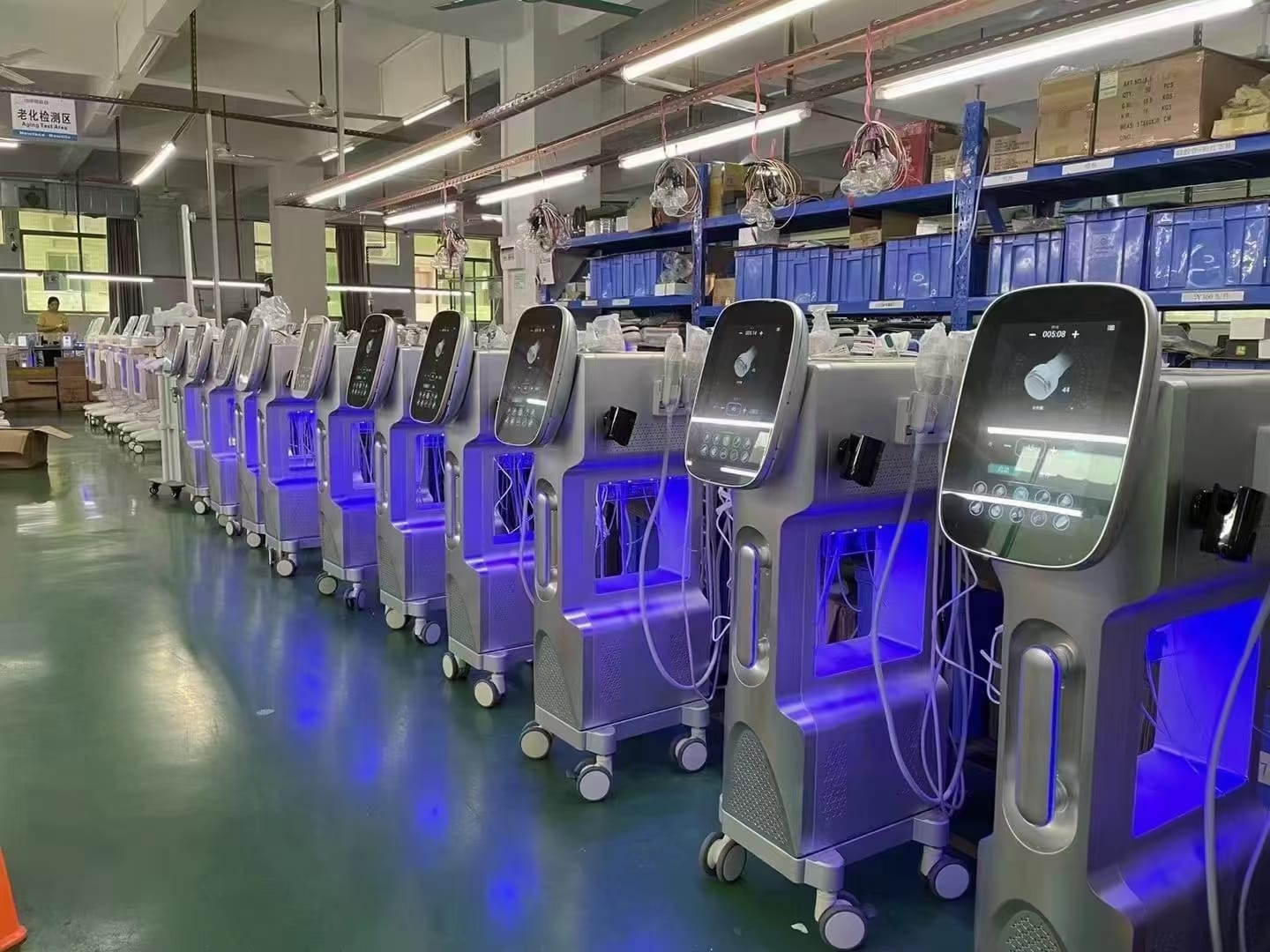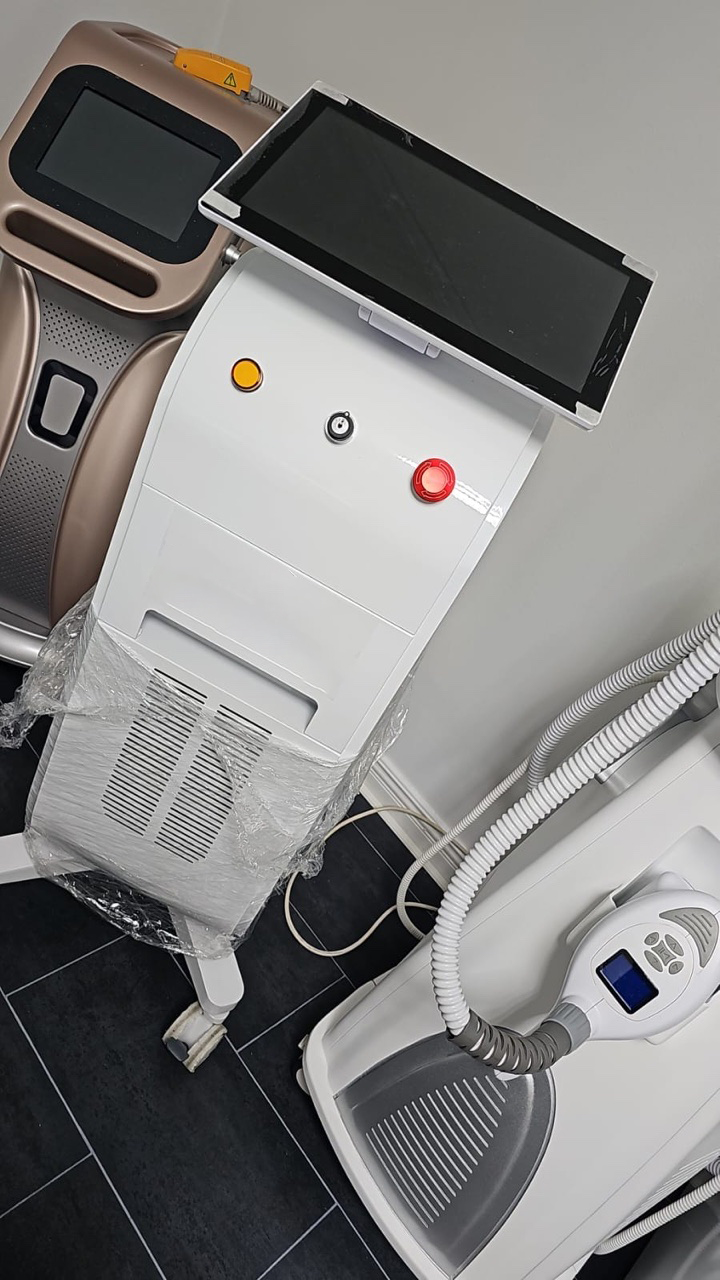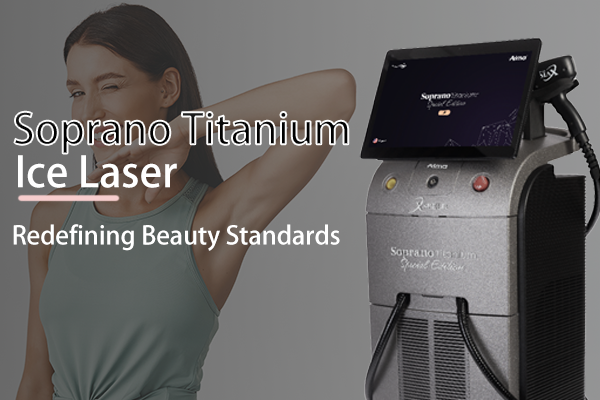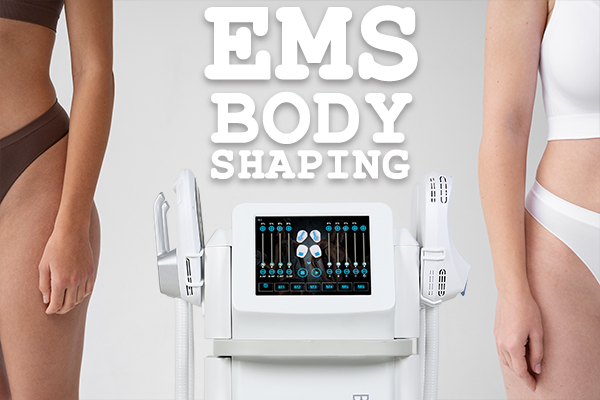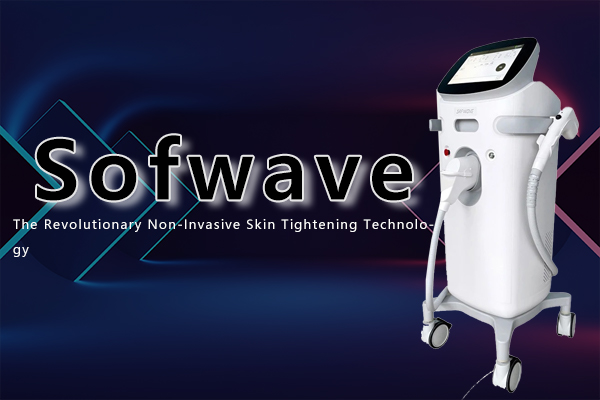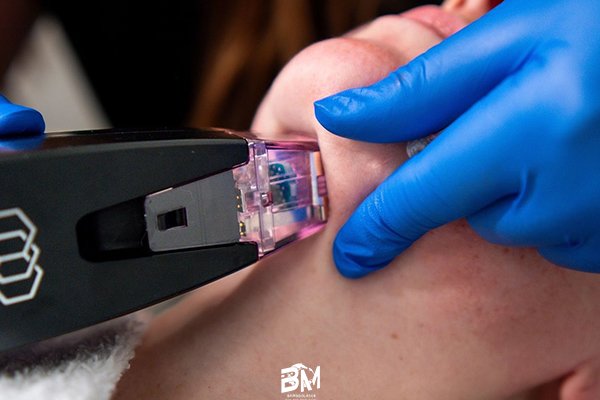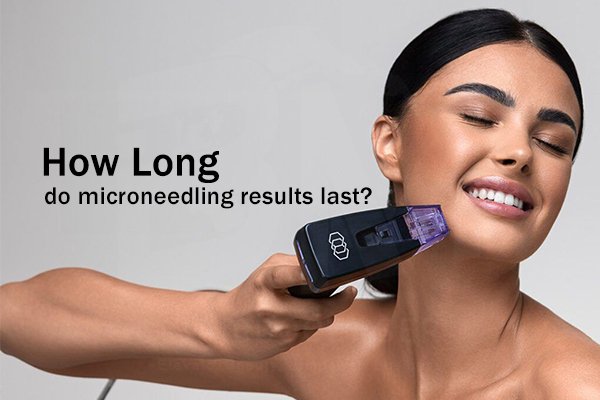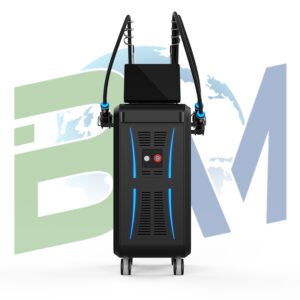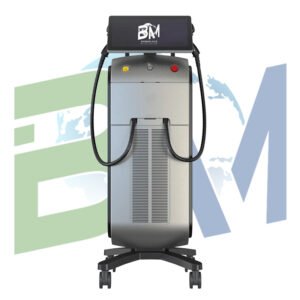The Evolving Needs of Women’s Health and Beauty
In the realm of aesthetics and beauty, women’s attention to intimate care is continuously increasing. From traditional plastic surgery to modern minimally or non-invasive techniques, there is a growing demand for safe, efficient, and painless solutions for intimate repair. CO₂ laser products, with their precision, efficiency, and safety, are emerging as a popular choice in the field of cosmetic surgery and aesthetics.
I. The Science Behind CO₂ Laser Products
CO₂ laser (carbon dioxide laser) is one of the most widely used laser technologies in cosmetic surgery. Its core principle is based on the 10,600 nm wavelength in the far-infrared spectrum, which is highly absorbable by water molecules. When applied to vaginal tissue, it produces localized hyperthermia (50–70°C) in the target tissue. This heat stimulates fibroblast activation, inducing the proliferation and remodeling of collagen, elastic, and reticular fibers.
- hermal Stimulation Mechanism: CO₂ laser delivers short pulses (with optimized intervals), creating a uniform thermal effect layer of several micrometers in thickness in the mucosal tissue. This avoids damage to deeper tissues from high temperatures. This thermal stimulation triggers an acute thermal injury response (within 48–72 hours), causing collagen contraction. Subsequently, during the proliferation phase (30 days), fibroblasts proliferate, forming new collagen fibers. Finally, during the remodeling phase, collagen fibers mature and elastic fibers proliferate, resulting in thicker and tighter vaginal walls.
- Microvascular Reconstruction Effect: The thermal stimulation of CO₂ laser dilates vaginal microvessels, increases blood flow, and enhances cellular oxidation. This not only strengthens the secretory function of the vaginal mucosa but also regulates the vaginal environment’s pH and microbial balance, reducing the recurrence rate of infections. By activating mitochondrial ATP release, cellular activity is further enhanced, leading to the restoration of vaginal mucosal function.
- Cellular Activation Mechanism: CO₂ laser induces a heat shock response (HSR), generating heat shock proteins (HSP). Under laser irradiation, HSP70 can transform into transforming growth factor β (TGF-β), which plays a crucial role in inflammatory and fibrotic responses. TGF-β directly stimulates cells to synthesize collagen and extracellular matrix, achieving tissue regeneration and repair.

II. Product Functions and Effects
(I) Intimate Functions
CO₂ laser has revolutionized the field of women’s intimate repair, primarily in the following ways:
- Vaginal Tightening: By stimulating collagen proliferation, the vaginal walls become more structured and tighter, with a 60% increase in firmness. Its unique “Gold 360 Ring Launch Technology” allows laser energy to act uniformly on the vaginal walls in a 360° ring pattern. This non-contact treatment achieves comprehensive tightening in a shorter time than traditional methods.
- Intimate Beautification: Targeting mucosal pigmentation, CO₂ laser fades pigments, restoring the external genitalia to a more delicate appearance with a 70% improvement in tenderness. This function is particularly effective for postpartum pigmentation and external genitalia darkening.
- Moisturizing and Hydration: Activating the secretory function of vaginal mucosal cells, it increases secretions by 80%, effectively alleviating vaginal dryness. Post-treatment, women experience a significant improvement in sexual quality of life, with a 30% reduction in sexual arousal time and a 45% increase in sexual satisfaction scores.
- Intimate Care: By regulating the vaginal environment, it maintains a healthy pH range of 3.8–4.5, balances microbial flora, and reduces the recurrence rate of infections by over 60%. This is especially beneficial for women with recurrent vaginitis and cervical erosion.
- Enhanced Sensitivity: Improving the vaginal blood vessels’ response to sexual stimulation and enhancing blood flow during arousal, sexual sensitivity increases by 50%. This significantly improves issues like sexual pleasure deficiency and low libido.
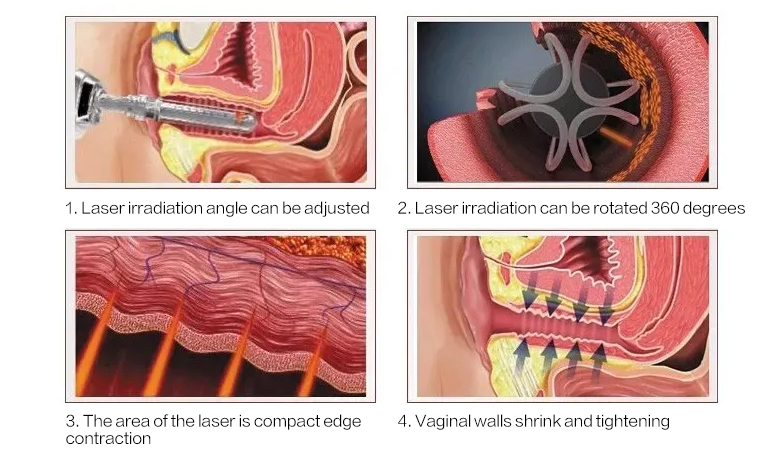
(II) Fractional and Pulse Functions
- Scar Repair: The fractional mode of CO₂ laser creates microscopic thermal columns in scar tissue, stimulating collagen remodeling. For surgical scars, burns, and other types of scars, 3–5 treatments can achieve an 80% scar softening rate and a 75% pigmentation reduction.
- Pigmentation Removal: Targeting pigmented lesions such as freckles and melasma, CO₂ laser selectively destroys pigment cells. Post-treatment, pigmentation lightens by 85%, with a recurrence rate of less than 10%.
- Stretch Mark Reduction: By stimulating dermal collagen proliferation, the appearance of stretch marks improves. Clinical data shows that after six months of treatment, red stretch marks fade by 78%, and mature stretch marks show a 42% reduction in prominence.
- Full-Layer Skin Rejuvenation: CO₂ laser acts on the epidermis, dermis, and subcutaneous tissue simultaneously, achieving skin tightening, pore minimization, and wrinkle reduction. Post-treatment, skin elasticity increases by 35%, and wrinkle depth decreases by 28%.

(III) Vulvar Functions
For vulvar skin issues, CO₂ laser can:
- Vulvar Rejuvenation: Improve issues such as vulvar skin laxity, pigmentation, and wrinkles, restoring a tighter and more delicate appearance.
- Vulvar Wart Removal: Precisely removes lesions through high-energy laser ablation, with a post-treatment recurrence rate of less than 5%.
- Vulvar Erythema Treatment: Regulates local microcirculation and reduces inflammation, achieving an 82% symptom relief rate.






III. Comparative Analysis of Product Advantages
(I) Technological Dimension Comparison
| Aspect | CO₂ Laser Product | Other Common Aesthetic Devices (e.g., Thermage, Ulthera) |
| Treatment Depth | 0.1–2.0 mm adjustable | Thermage: 3.0–4.0 mm (primarily targets the SMAS layer) |
| Thermal Precision | Micrometer-level thermal columns | Ulthera: Millimeter-level thermal coagulation points |
| Post-Treatment Recovery | Non-invasive, no recovery needed | Thermage: Mild redness for 1–2 days |
| Tissue Repair Mechanism | Collagen remodeling + microvascular activation | Thermage: Primarily collagen contraction |
(II) Efficacy Dimension Comparison
| Condition | CO₂ Laser Advantage | Limitations of Other Devices |
| Vaginal Laxity | Sustained tightening effects lasting 2–3 years | Thermage has limited efficacy on mucosal tissue |
| Intimate Pigmentation | Pigmentation reduction of over 80% | Thermage has limited efficacy on mucosal tissue |
| Vaginal Dryness | Secretory function recovery rate of 90% | Hormone therapy poses dependency risks |
| Scar Repair | Softening rate of over 80%, no surgical marks | Fractional RF requires multiple treatments and causes pain |
(III) Safety Dimension Comparison
| Safety Feature | CO₂ Laser Product | CO₂ Laser Product |
| Thermal Damage Control | Non-contact treatment with uniform heat diffusion | Fractional RF can cause epidermal carbonization |
| Anesthesia Requirement | No anesthesia needed | Fractional RF often requires topical anesthesia |
| Infection Risk | Enclosed light path design reduces infection risk | Dermal fillers pose needle infection risks |
| Post-Treatment Care | No special care required | Thermage requires sun avoidance for 7 days post-treatment |
(IV) Patient Experience Dimension Comparison
| Experience Indicator | CO₂ Laser Product | Other Devices |
| Treatment Duration | Single treatment takes 10–15 minutes | Thermage facial treatment takes 60–90 minutes |
| Pain Index | Painless (patient rating of 0) | Fractional RF pain rating of 5–7 |
| Post-Treatment Downtime | No downtime required | Laser spot removal requires sun avoidance for 5–7 days post-treatment |
| Treatment Areas | Suitable for all body areas | Ulthera primarily targets the face and neck |
(V) Economic Dimension Comparison
| Economic Indicator | CO₂ Laser Product | Other Devices |
| Single Treatment Cost | $3,000–$8,000 | Thermage single treatment: $8,000–$15,000 |
| Treatment Cycle | Vaginal tightening requires 1–3 sessions | Fractional RF scar repair requires 5–8 sessions |
| Customer Loyalty | Repurchase rate of 65%+ (for intimate projects) | Photorejuvenation repurchase rate of around 45% |
IV. Detailed Analysis of Target Populations
(I) Postpartum Women (Core Target Group)
- Physiological Characteristics: Postpartum women often experience pelvic floor muscle relaxation and vaginal expansion due to childbirth. Over 60% suffer from varying degrees of vaginal laxity. Declining estrogen levels lead to thinning of the vaginal mucosa and reduced secretions.
- Pain Points: Declining sexual quality of life (due to vaginal laxity and reduced sexual pleasure), recurrent vaginitis (from microbial imbalance), and vulvar pigmentation (from hormonal changes during pregnancy).
- Treatment Outcomes: Clinical data shows that postpartum women receiving CO₂ laser treatment 6–12 months after delivery achieve an 82% recovery rate in vaginal tightness, a 65% improvement in sexual satisfaction, and a 73% reduction in vaginitis recurrence.
(II) Perimenopausal Women (Important Potential Group)
- Physiological Characteristics: Estrogen levels drop sharply, leading to vaginal mucosal atrophy, dryness, pain, and dyspareunia (known medically as the genitourinary syndrome of menopause), with an incidence rate as high as 70%.
- Pain Points: Traditional hormone therapy poses risks of thrombosis and breast cancer. Topical estrogen therapy offers limited efficacy and requires long-term use.
- Treatment Outcomes: Three months post-CO₂ laser treatment, perimenopausal women show a 48% improvement in vaginal maturation scores and an 89% alleviation of dryness symptoms, with no hormone-related side effects.
(III) Post-Gynecological Surgery Rehabilitation Group (Professional Application Scenario)
- Application Scenarios: Suitable for vaginal reconstruction, hymenoplasty, and post-cervical conization wound healing.
- Technical Advantages: Non-contact treatment minimizes post-surgical infection risks and promotes collagen remodeling to reduce scarring. For post-cervical conization patients, CO₂ laser treatment reduces healing time by 30% and scar area by 45%.
(IV) Individuals with Keloid Scarring (Dermatological Expansion Group)
- Condition Characteristics: Keloid scarring or hypertrophic scars post-surgery or burns. Traditional treatments like dermabrasion and cryotherapy have high recurrence rates.
- Treatment Outcomes: CO₂ laser fractional mode treatment for keloid scars, combined with silicone gel, reduces recurrence to 12%, significantly lower than the 45% recurrence rate of traditional methods.
V. Analysis of Suitable Purchaser Groups
(I) Aesthetic Medical Institutions (Primary Target Customers)
- Return on Investment Analysis: A single CO₂ laser device costs approximately $800,000. Intimate projects like vaginal tightening, priced at $6,800 per session, can achieve a monthly gross profit of $200,000 with 30 clients per month, yielding an investment recovery period of 8–10 months.
- Market Competitiveness Enhancement: The intimate aesthetics market is growing at 38% annually (2023 data). CO₂ laser adoption fills the technical gap in intimate repair, offering a competitive edge.
- Customer Retention: Intimate project clients have a repurchase rate of 68%. Through treatment courses (3 sessions per course), long-term client engagement is secured, while boosting sales of other aesthetic services.
(II) Gynecological Specialized Hospitals (Professional Collaboration Direction)
- Disciplinary Development Value: CO₂ laser technology enhances gynecological rehabilitation subspecialties, strengthening the hospital’s overall capabilities.
- Patient Traffic Conversion: Hospitals with over 300 daily gynecological outpatient visits can convert 5–8% of patients to CO₂ laser treatment, adding 5,000–8,000 annual treatment sessions.
- Research Collaboration Potential: The device serves as a platform for female reproductive tissue regeneration research, supporting hospital research initiatives.
(III) High-End Private Clinics (Premium Service Positioning)
- High-Net-Worth Clientele: Clinics targeting clients with annual incomes exceeding $500,000 can position CO₂ laser intimate treatments as premium membership services, charging 30–50% above standard rates.
- Brand Differentiation: CO₂ laser adoption positions the clinic as an “expert in intimate rejuvenation,” attracting privacy-conscious clients.
- Operational Cost Efficiency: The device occupies only 1.2 square meters, with single-use consumables costing approximately $300. Operational costs are low, ensuring high profit margins.
(IV) Medical Aesthetics Training Academies (Educational Market Expansion)
- Training Equipment Value: As a core device in medical aesthetics training, CO₂ lasers meet the practical training needs for intimate aesthetics and skin rejuvenation.
- Curriculum Enhancement: The device enables the development of specialized courses such as “Female Reproductive Rejuvenation Techniques,” boosting the academy’s curriculum competitiveness.
- Industry-Academia-Research Collaboration: The device facilitates collaboration with manufacturers, offering trainees job placement and technical update training.
Market Prospects and Social Value of CO₂ Laser Products
CO₂ laser products, with their precise biological stimulation effects, hold immense potential in women’s intimate health and full-body skin rejuvenation. For aesthetic medical institutions, they represent not only high-profit service offerings but also strategic tools for enhancing brand competitiveness and expanding client bases. For women, they provide safe, efficient, and painless health management solutions, redefining women’s control over their well-being. As technology evolves and market education deepens, CO₂ laser products are poised to become indispensable in women’s health, empowering global women’s health and beauty endeavors.


